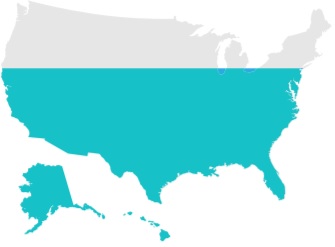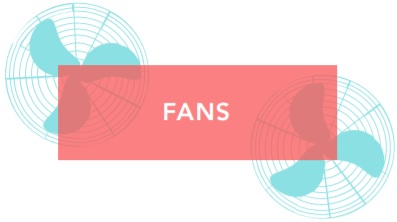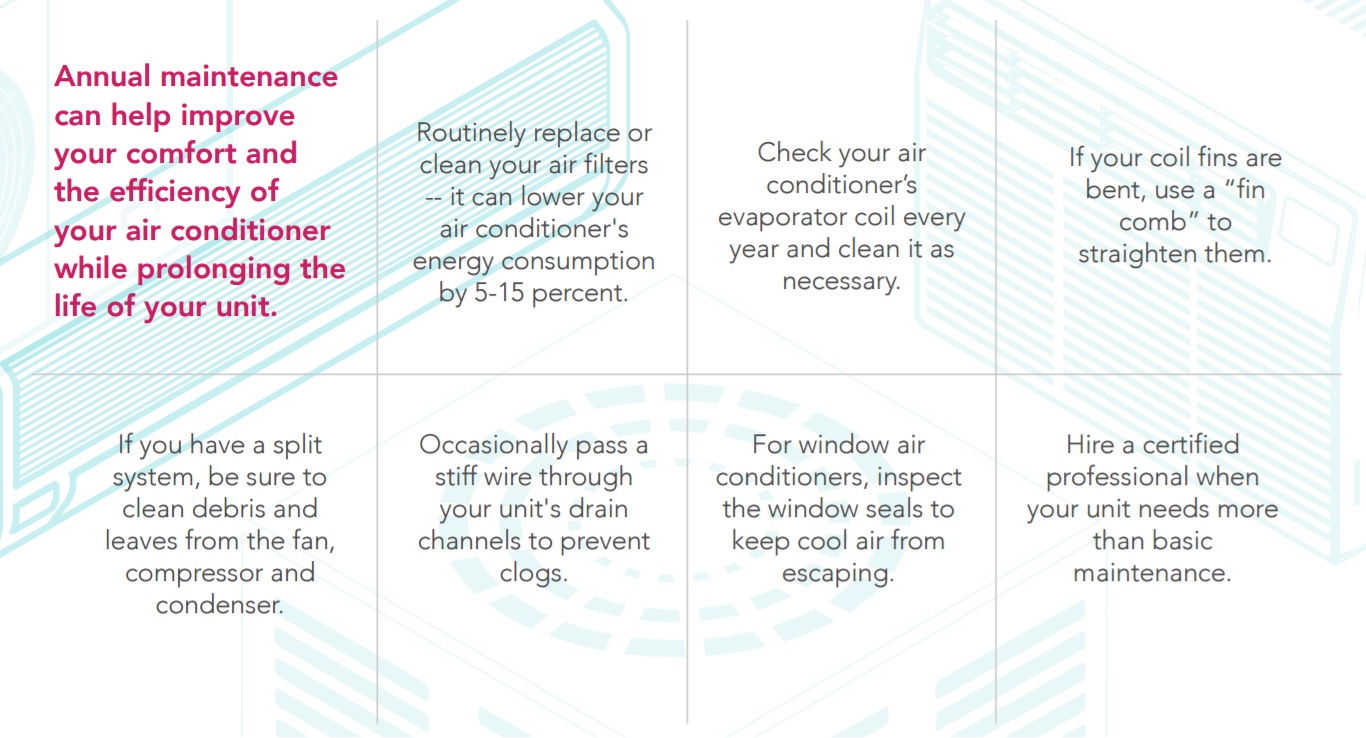Everything You Need to Know About:
HOME COOLING SYSTEMS
ENERGY-SAVING TIP:
The quickest way to save energy on home cooling is to regularly clean and replace your cooling unit’s filters.
What is a split system?
Many types of air conditioning systems are called split systems because they are made up of an outdoor unit, which contains the condenser and compressor, and an indoor unit, which is often connected to a furnace or heat pump.
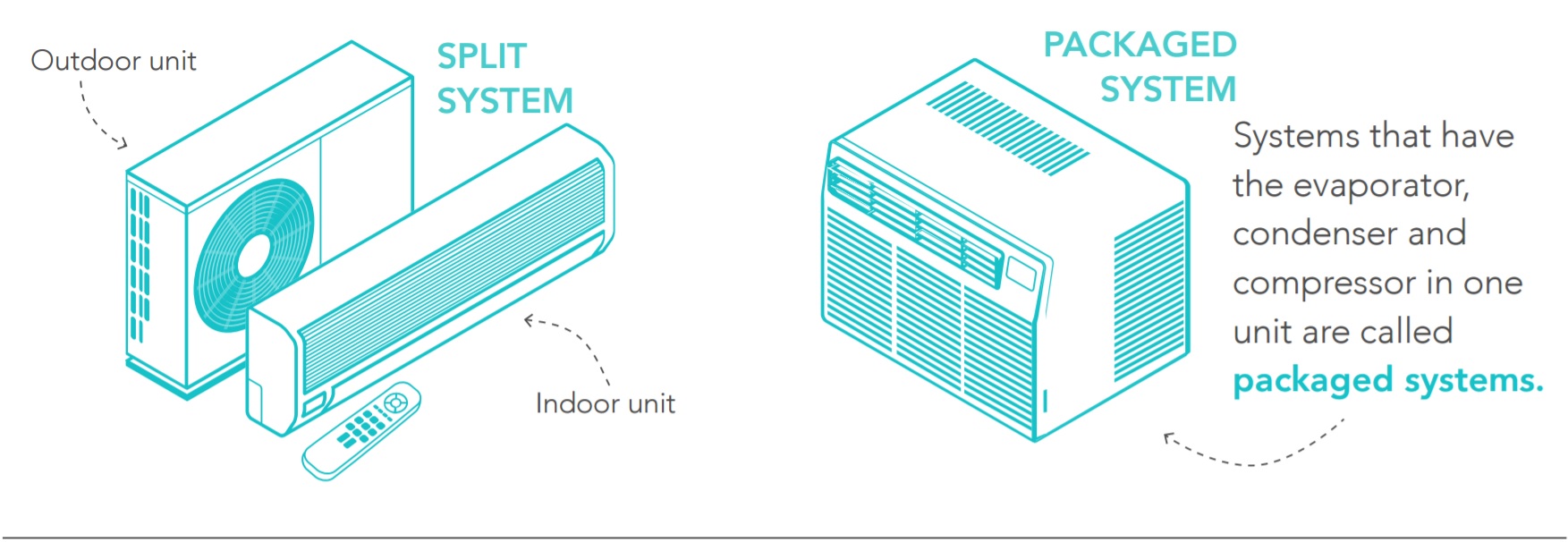


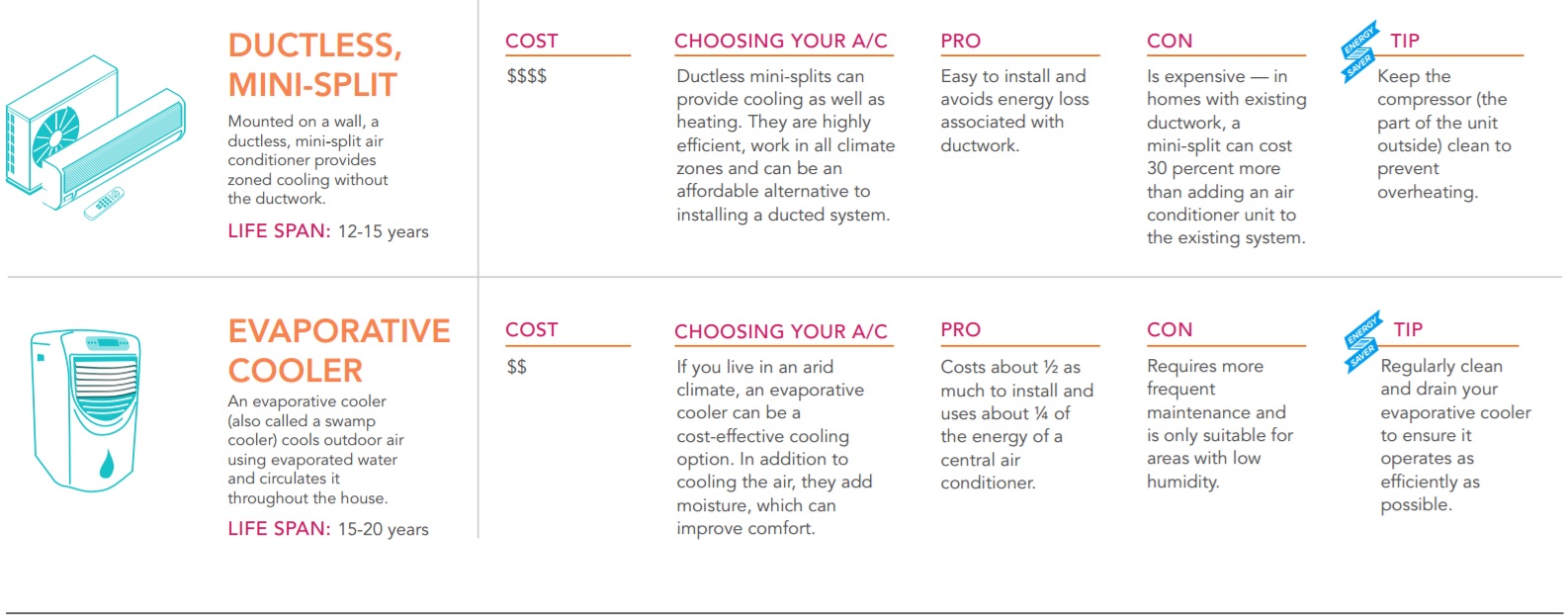
Did You Know?
When there is excess humidity in
the air, our body's ability to
cool itself through perspiration
is inhibited.
One way an air conditioner makes
us feel cooler is by reducing the
amount of moisture in the air.
Natural ventilation relies on the wind
to create a “chimney effect” to cool a
home. A simple natural ventilation
strategy is opening windows to create
a cross-wise breeze.
Fans circulate air in a room, creating a
wind chill effect that makes occupants more
comfortable. Fans for cooling come in
a variety of options, including ceiling, table,
floor and wall-mounted.
Whole house fans pull air in through
windows and exhaust it through a home’s
attic and roof. To ensure proper sizing
and safety, professionals should install
whole house fans.
ENERGY-SAVING TIP:
If you live in a cooler climate,
take advantage of the wind to
naturally cool your home.
ENERGY-SAVING TIP:
Turn off your fans when you
leave the room -- fans cool
people, not rooms.
ENERGY-SAVING TIP:
In many climates, a whole house
fan can provide cooling needs
even on the hottest days.
Install and set a programmable
thermostat -- it could help you
save up to 10 percent on heating
and cooling costs a year.
Don’t heat your home with
appliances. On hot days,
consider using a outdoor grill
instead of your oven.
Use a fan. Ceiling fans
will allow you to raise the
thermostat setting about 4 degrees
without impacting your comfort.
Install
energy-efficient window coverings
that let natural light in and prevent
solar heat gain.
Insulate your attic and
walls, and seal cracks and
openings to prevent warm air
from leaking into your home.
Buy an
ENERGY STAR-qualified AC unit
-- on average, they're up to 15 percent more
efficient than standard models.
Insulate and seal ducts
-- air loss through ducts accounts
for about 30 percent of a cooling
system’s energy consumption.
Use the bathroom fan when
taking a shower or bath and a range
hood when cooking -- this helps remove
heat and humidity from your home.
Business Hours: Monday - Friday 8AM - 5PM *24 Hour Emergency Service*
COPYRIGHT© 2016. ALL RIGHTS RESERVED. Commercial Refrigeration Austin, TX - License # TACLA60510C



